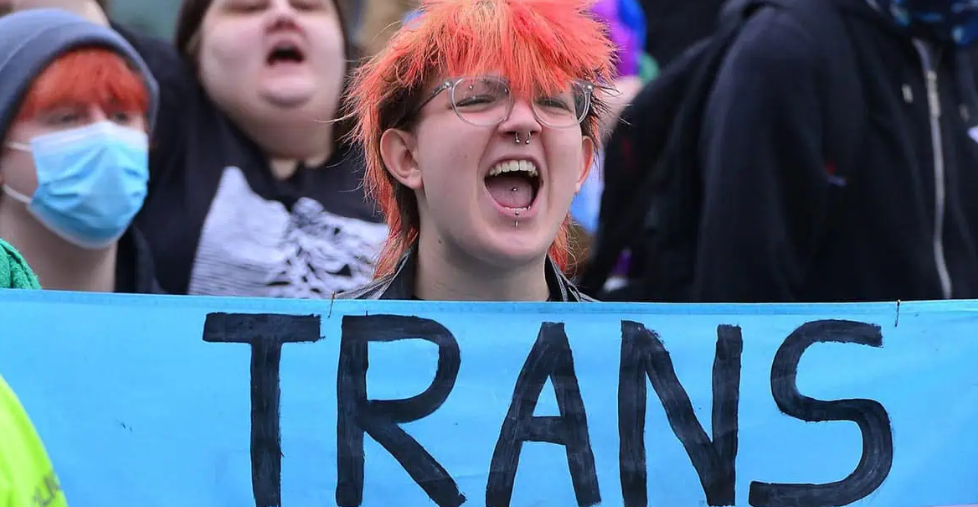The wave of transgender and “gender identity” identification among young Americans is declining, with numbers dropping significantly since their 2023 peak.
A new report from the Center for Heterodox Social Science indicates that the number of students identifying as transgender has decreased by half.
Experts suggest that radical gender ideology is losing its appeal among younger generations.
Professor Eric Kaufmann, the report’s author and a politics scholar at the University of Buckingham, examined major surveys, including the Foundation for Individual Rights and Expression’s (FIRE) extensive 2025 poll of 68,510 students.
The data reveal a significant drop: only 3.6 percent of students identified as non-binary in 2025, compared to 6.8 percent in 2023 and 5.2 percent in 2024.
This represents an almost 50 percent reduction in the trend over two years.
“The transgender share among university students peaked in 2023 and has nearly halved, falling from almost 7 percent to below 4 percent,” wrote Kaufmann.
Sharp Declines at Top Institutions
The decline is particularly striking at elite academic institutions.
At Phillips Academy Andover, the proportion of students identifying as “non-binary” decreased from 9.2 percent in 2023 to just 3 percent in 2025.
Brown University saw its numbers fall from 5 percent in 2022-23 to 2.6 percent in 2025.
“The extent of the decline in student data is substantial, even considering data variability,” Kaufmann observed.
The trend extends beyond gender identity.
Non-heterosexual identification has dropped by nearly 10 percentage points since 2023, with reductions in “queer,” “pansexual,” “asexual,” and “bisexual” categories.
FIRE’s survey showed heterosexual identification rising from 68 percent in 2023 to 77 percent in 2025.
“The proportion of students identifying as non-heterosexual decreased by about 10 points during this period,” Kaufmann noted.
Generational patterns have also shifted.
In 2025, freshmen were less likely than seniors to identify as “bisexual,” “trans,” “queer,” or “questioning,” reversing earlier trends.
“Today’s freshmen are less likely to identify as BTQ+ compared to seniors, indicating the decline may persist,” Kaufmann wrote.
Fading Trend, Shifting Narrative
Kaufmann explored potential causes but ruled out political, religious, or social media changes as primary drivers.
“The drop in BTQ+ identification does not seem tied to reduced social media use, a religious resurgence, a shift toward conservative politics, or declining support for progressive ideology,” he stated.
While improved youth mental health may contribute, Kaufmann noted it does not fully explain the decline.
“There is evidence that better mental health has lowered BTQ+ identification,” he said.
Kaufmann referenced CDC data showing reported sadness among LGBT high schoolers fell from 76 to 65 percent between 2021 and 2023.
However, he added, “Improved youth mental health does not fully account for the decline in trans, queer, and bisexual identification.”
His analysis confirmed that year-to-year effects drove the changes, independent of other factors.
“Survey year predicts the rise or fall of BTQ+ identity, even when controlling for other significant variables,” Kaufmann wrote.
He summarized it plainly:
“Trans, queer, and bisexual identities are rapidly declining among young, educated Americans.”
The Tide Is Shifting
The data confirm that the “transgender-queer” wave, promoted by Hollywood, the music industry, global organizations, political operatives, and corporate entities, is losing its hold.
Despite years of intense efforts to reshape bodies, sterilize youth, and challenge reality, human nature is resisting.
Biology, truth, and resilience are proving more enduring than constructed identity trends.
The tide is turning, and the radical gender movement is collapsing under its own contradictions.

